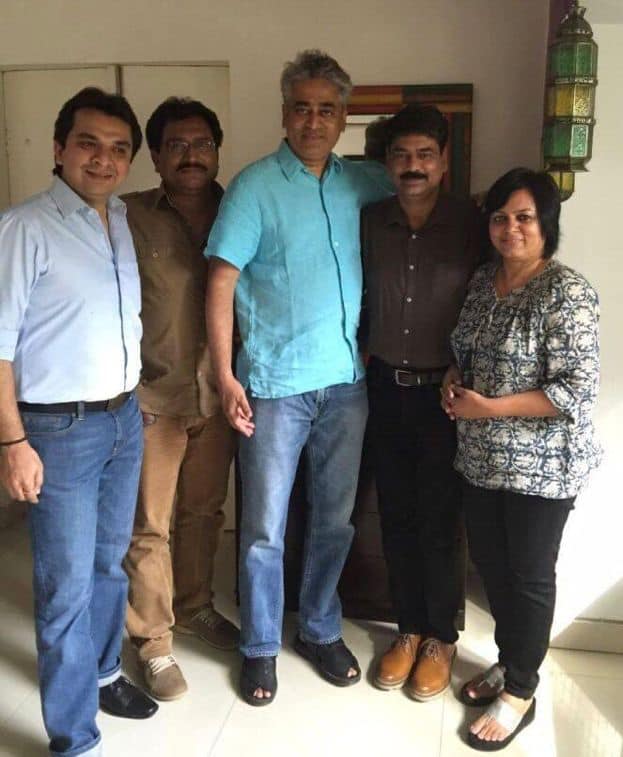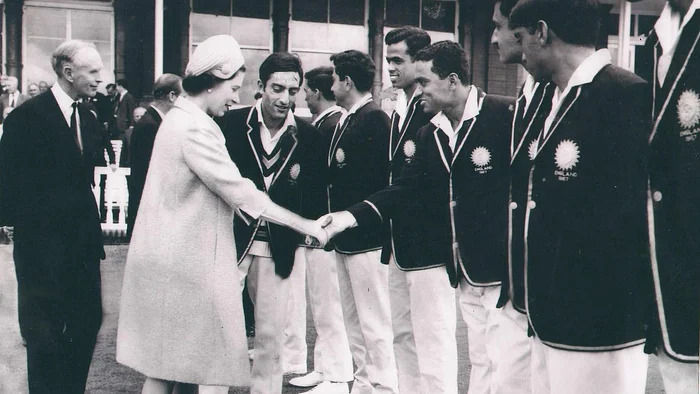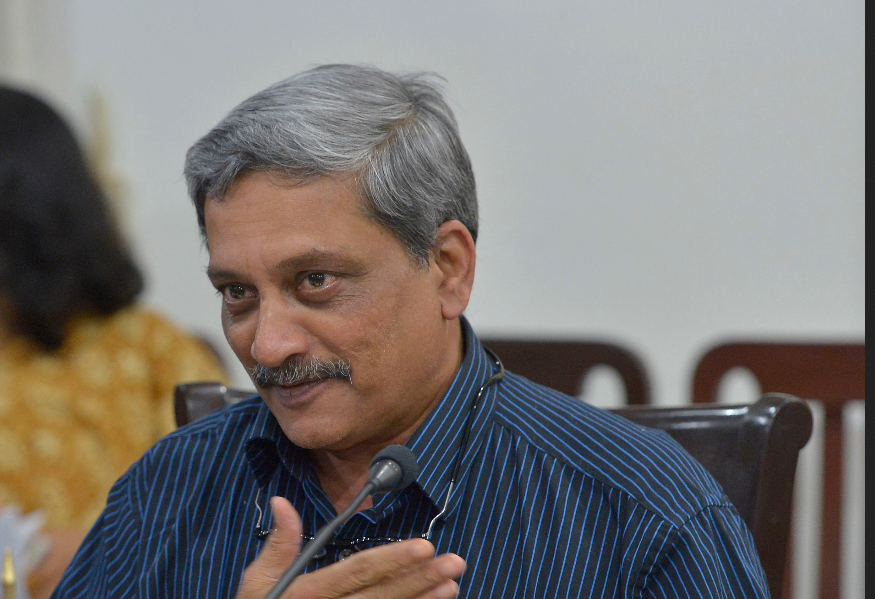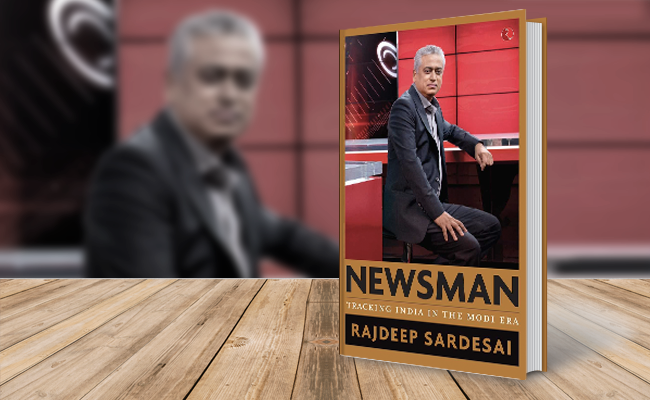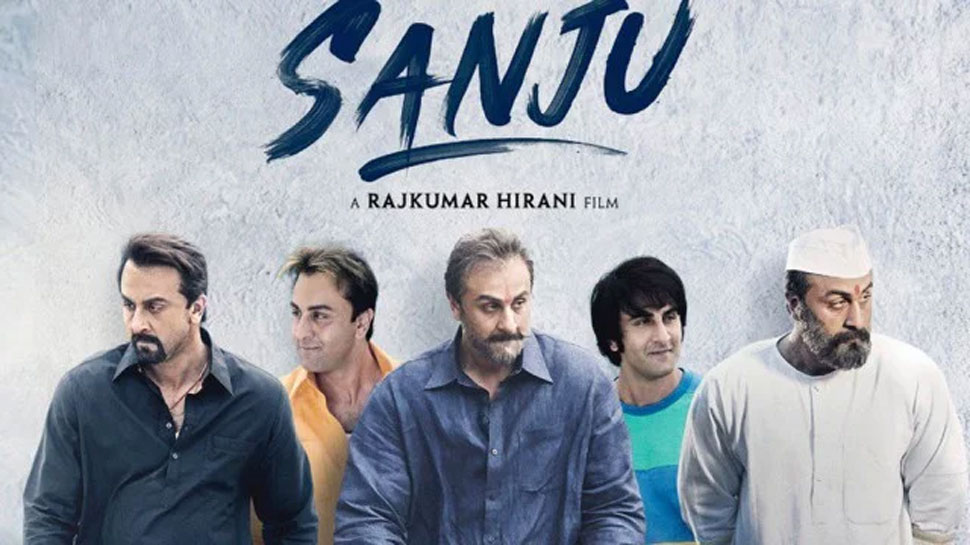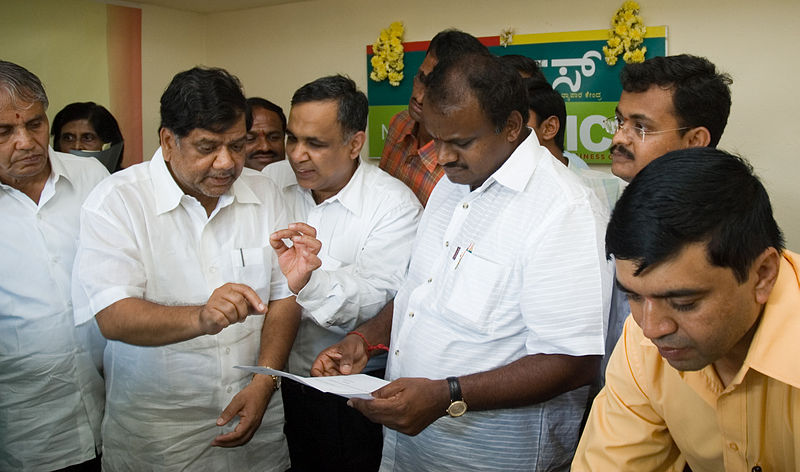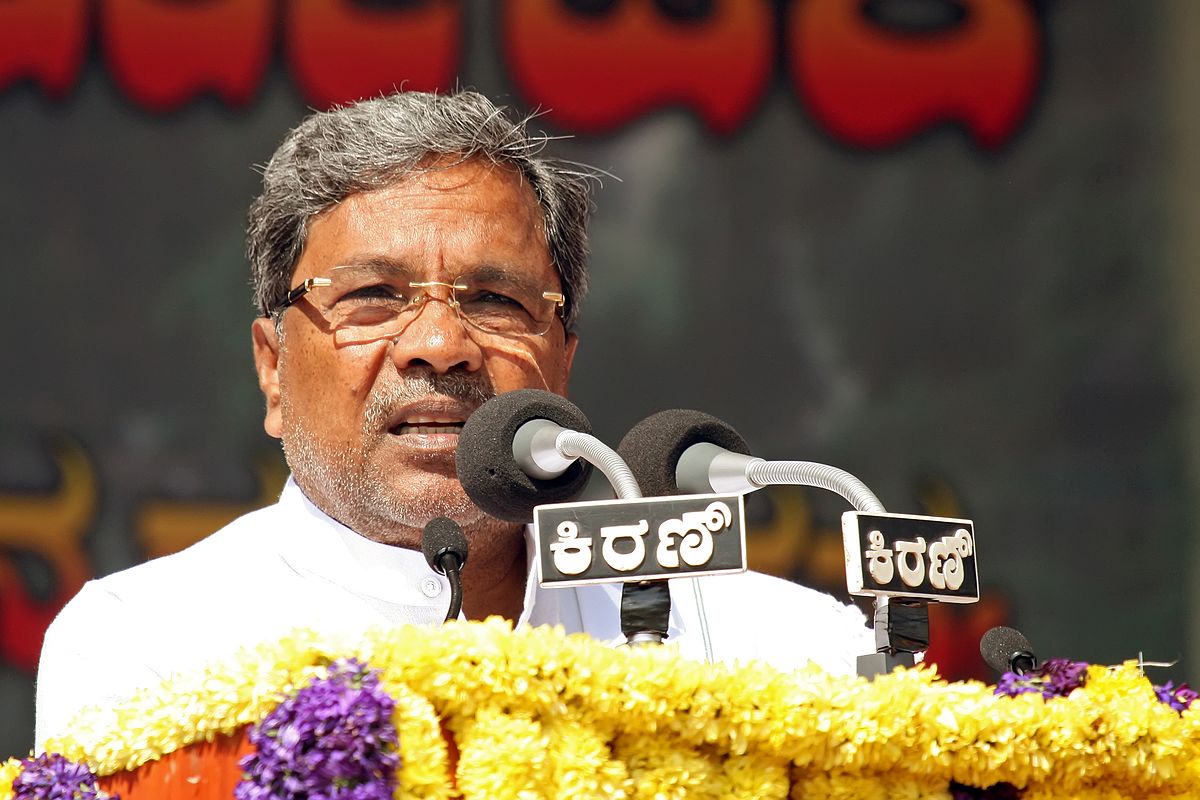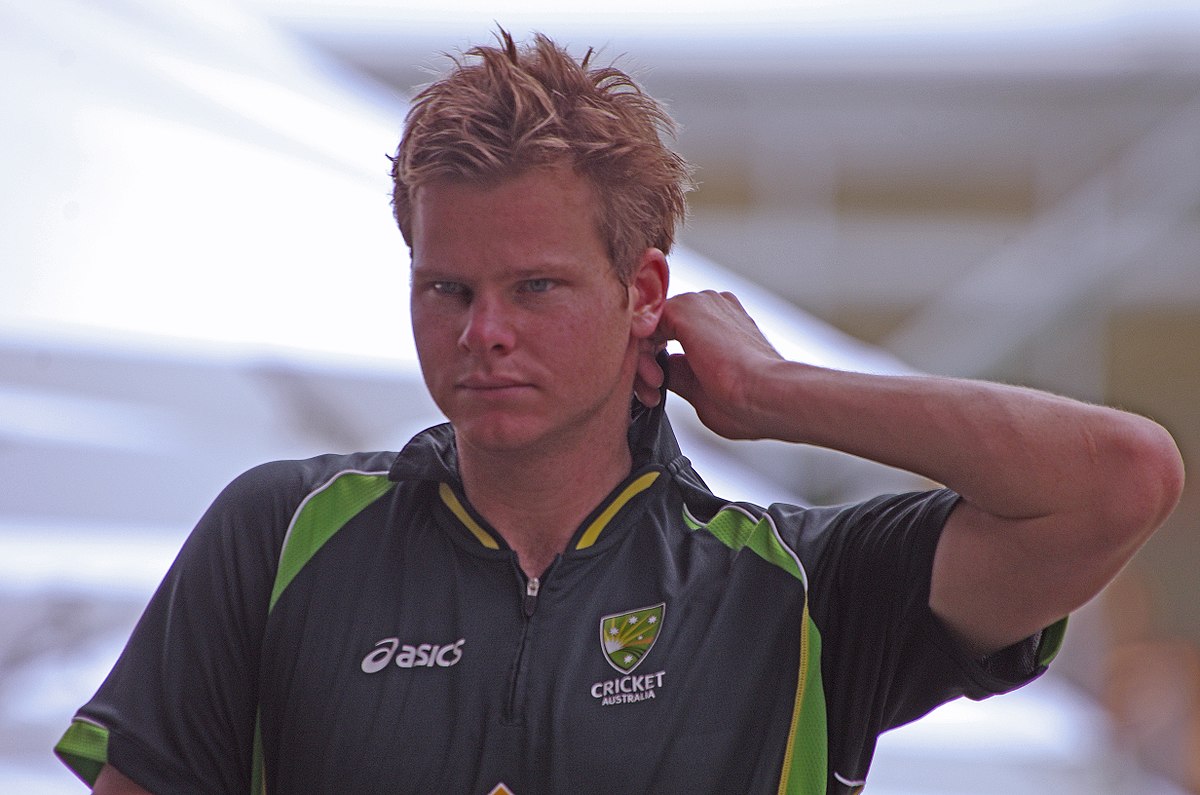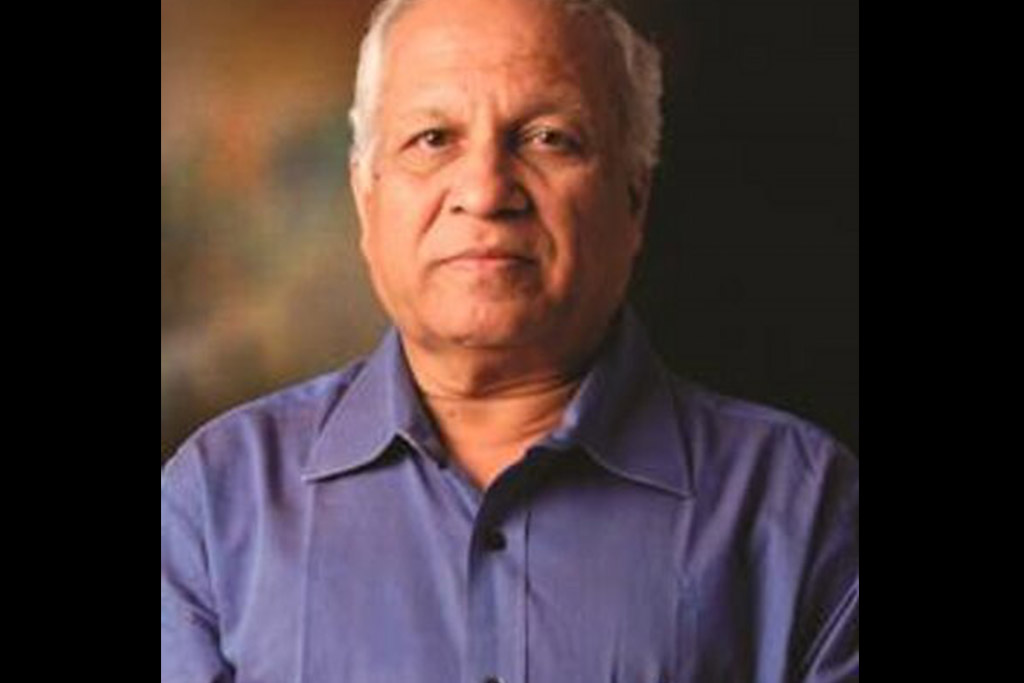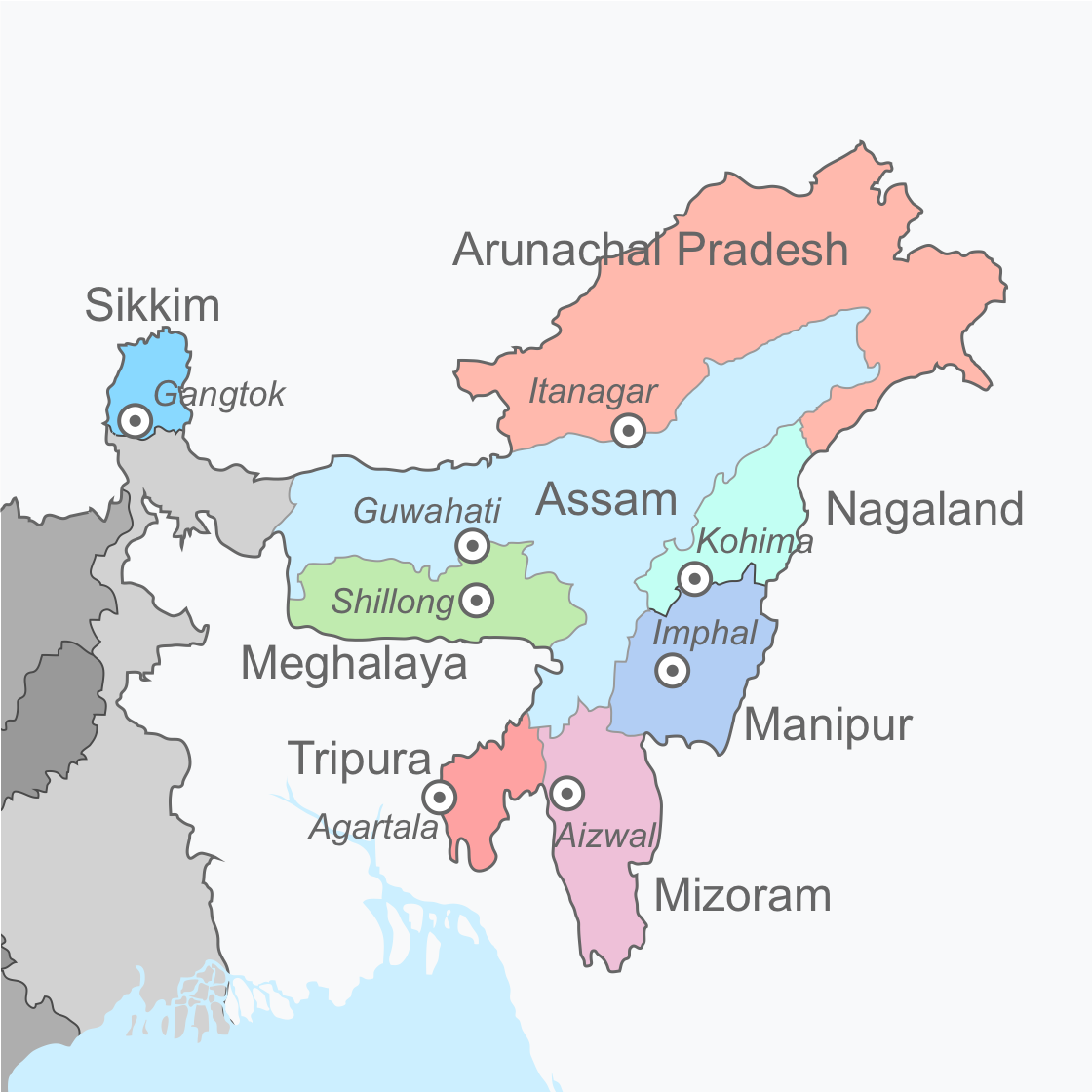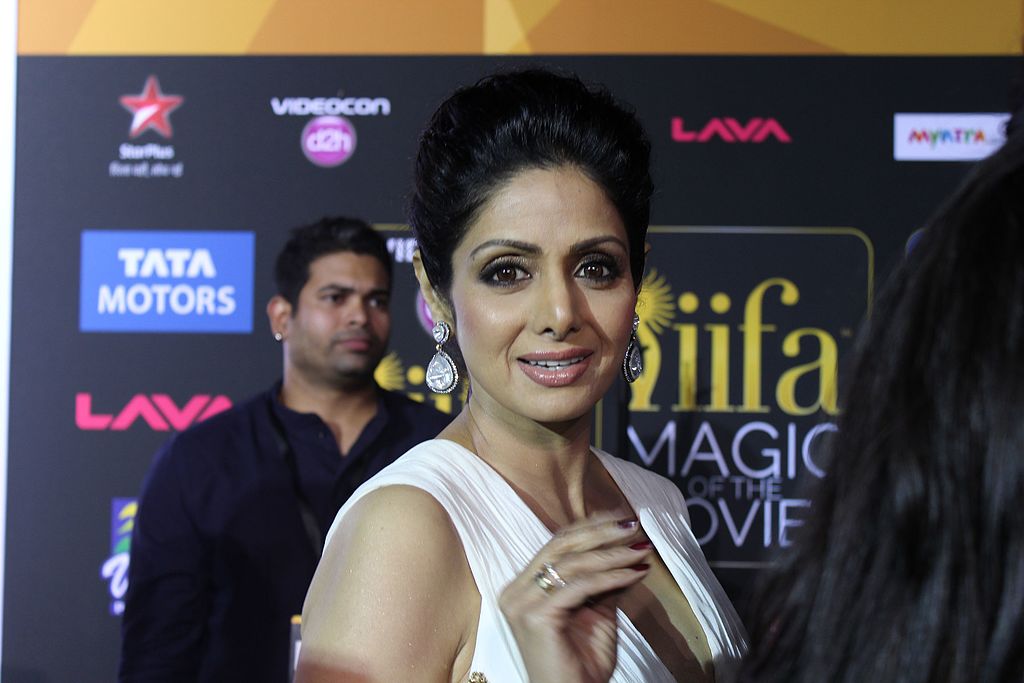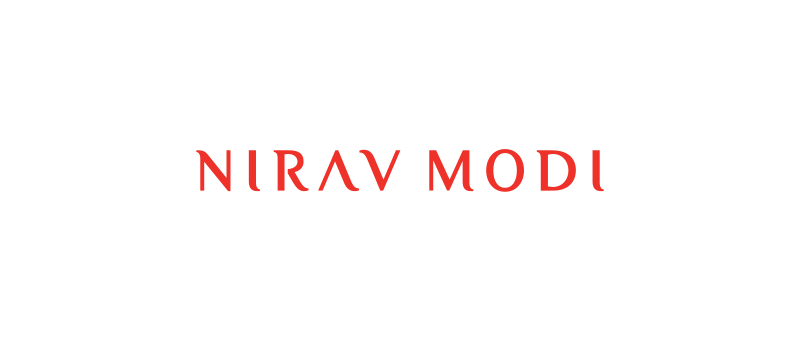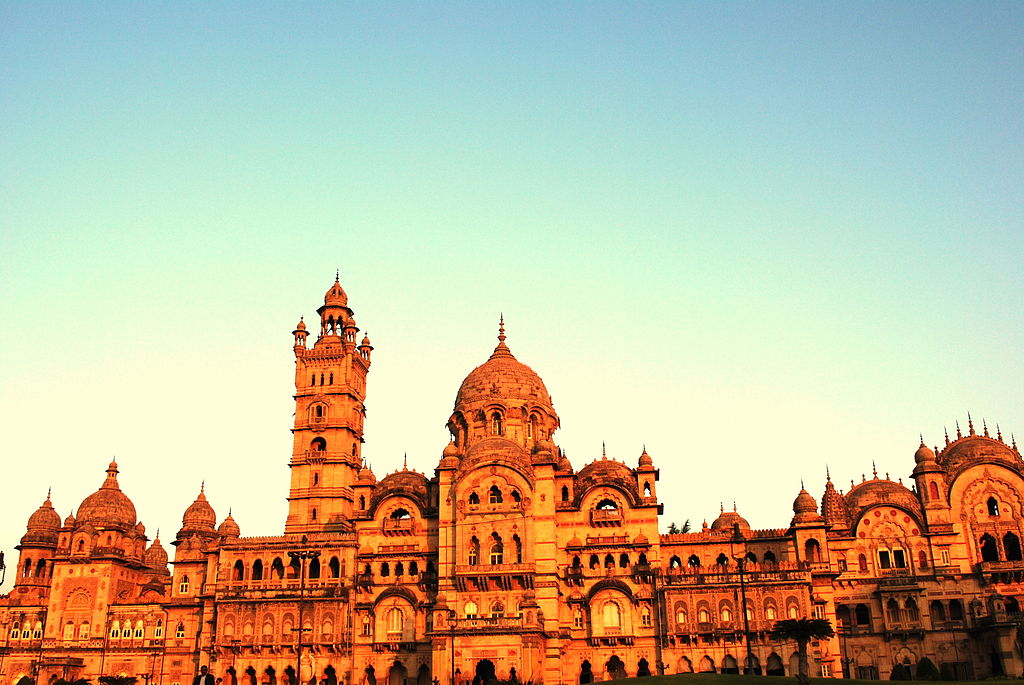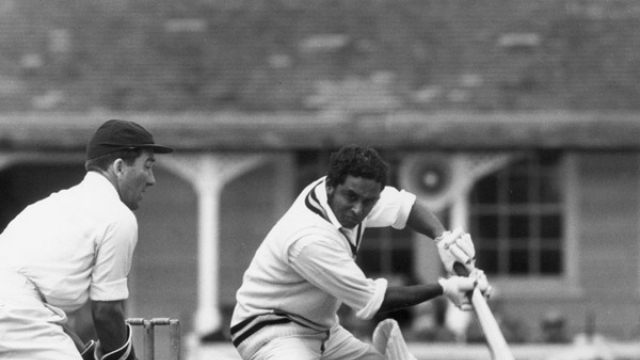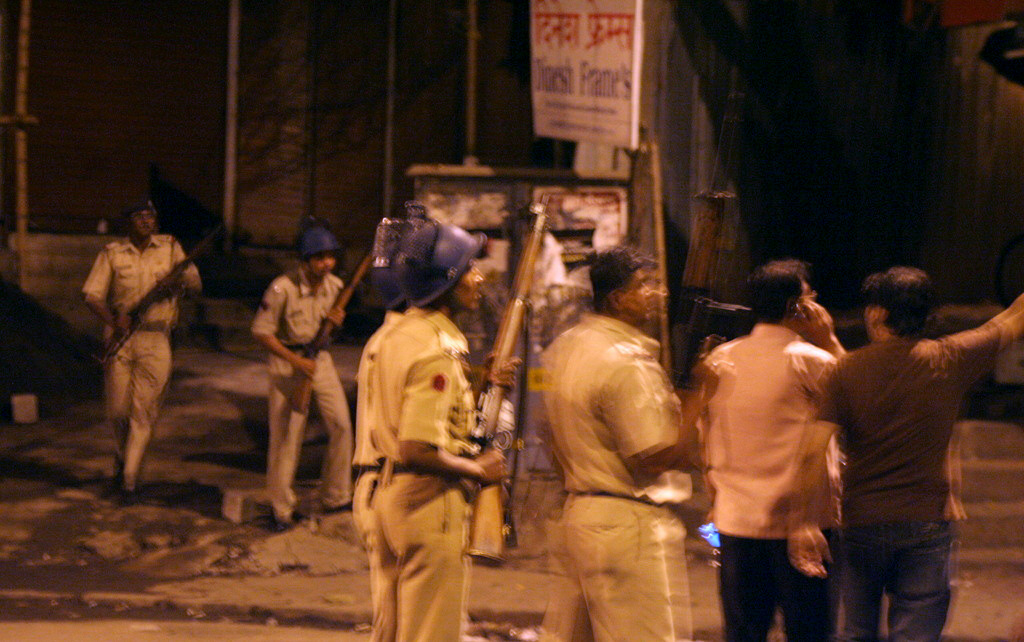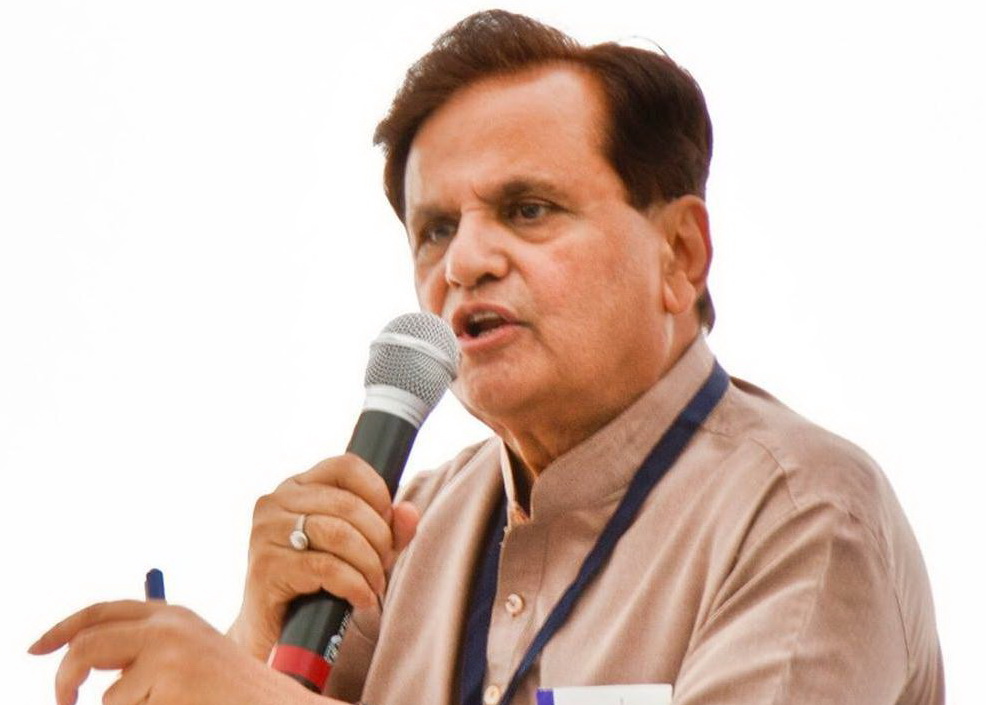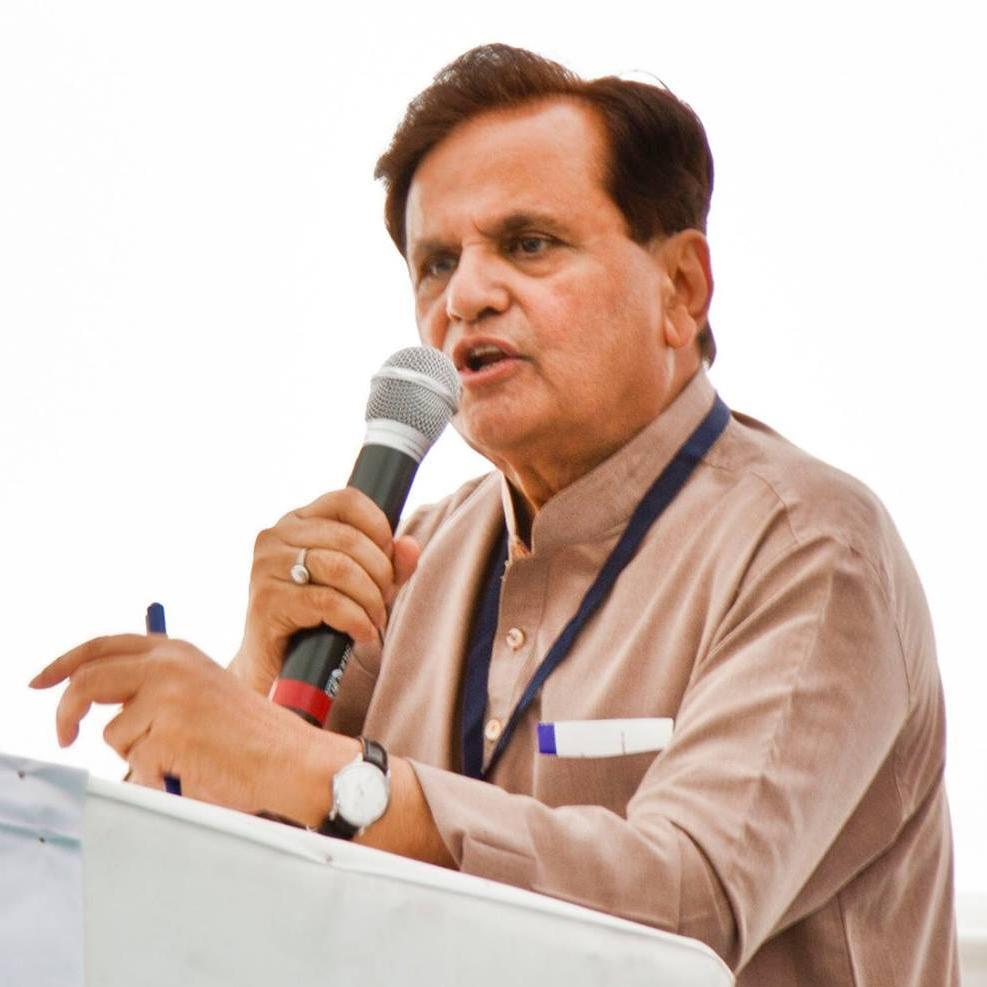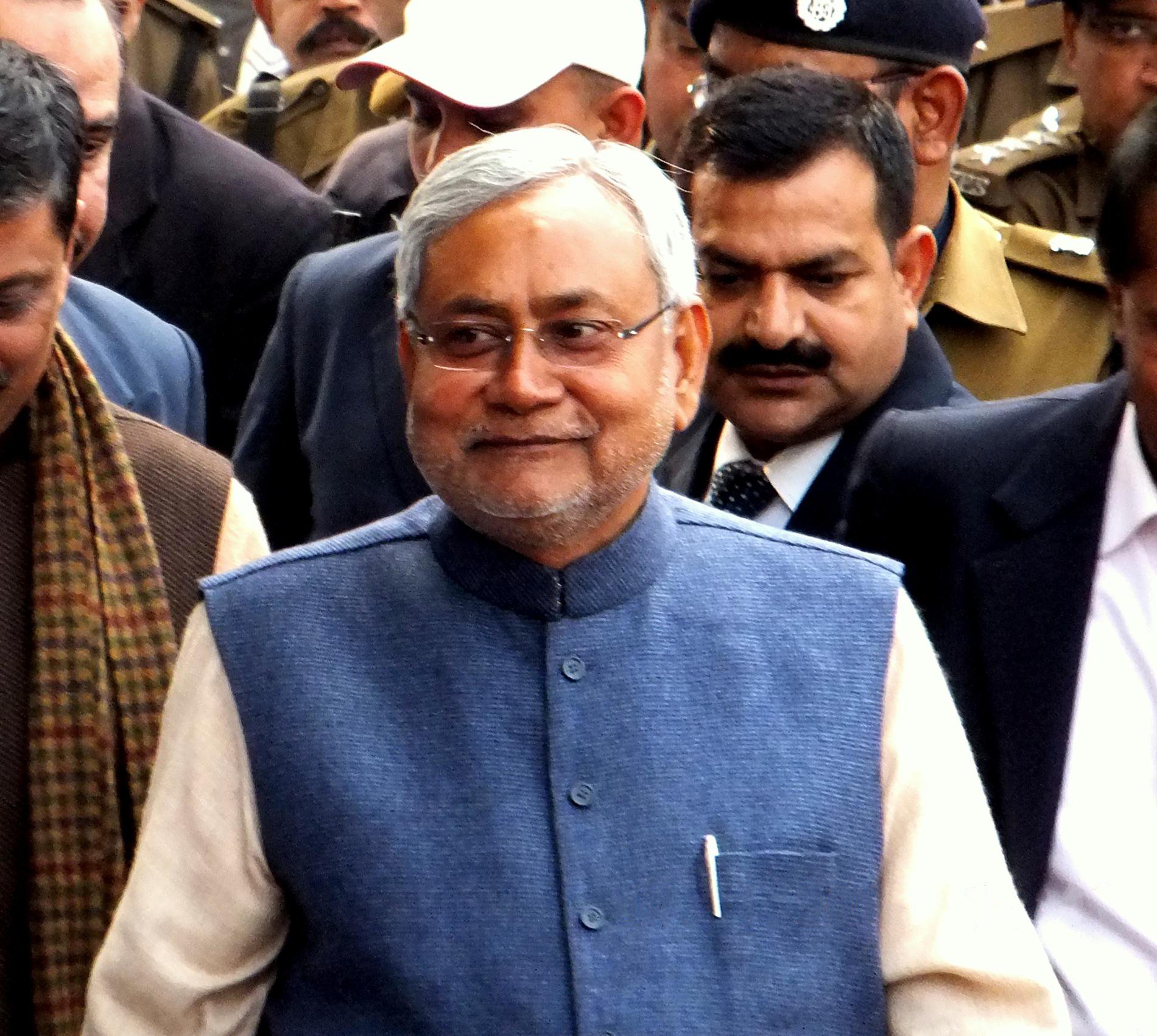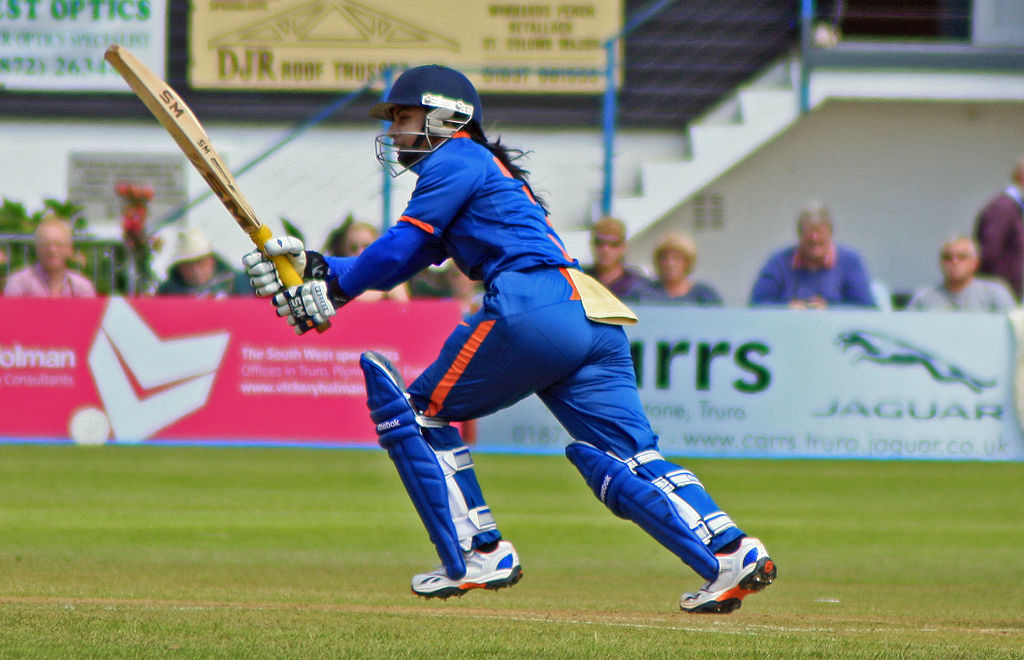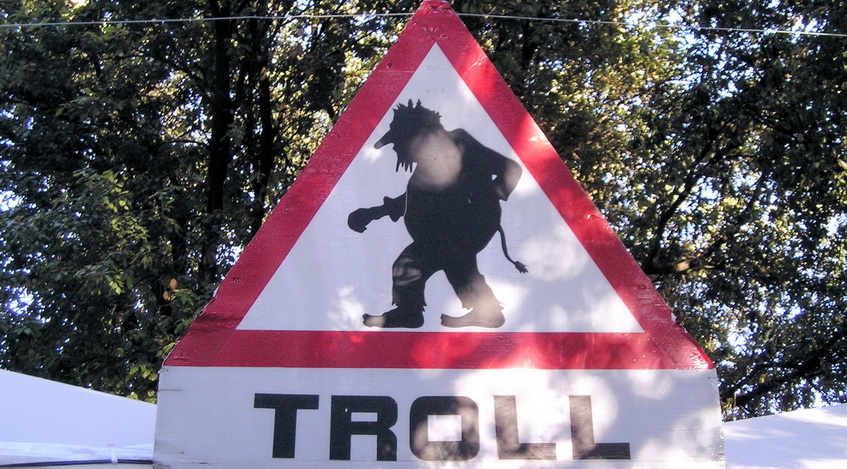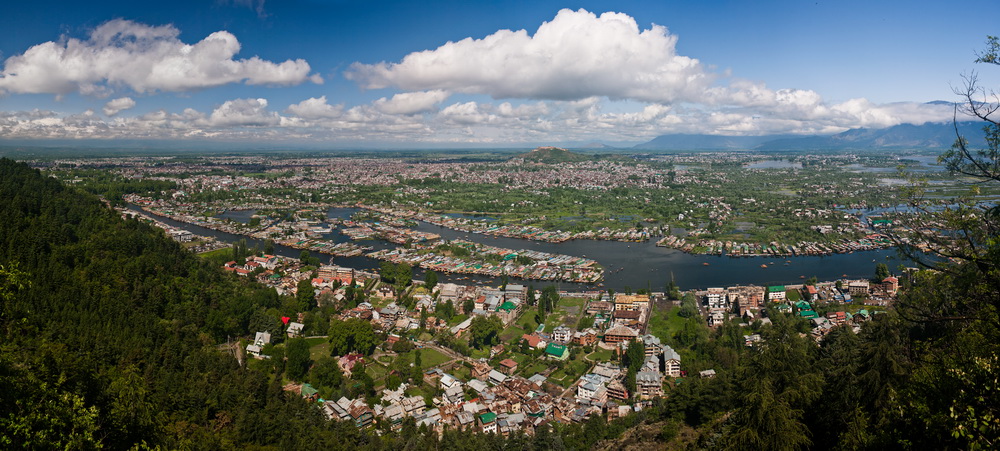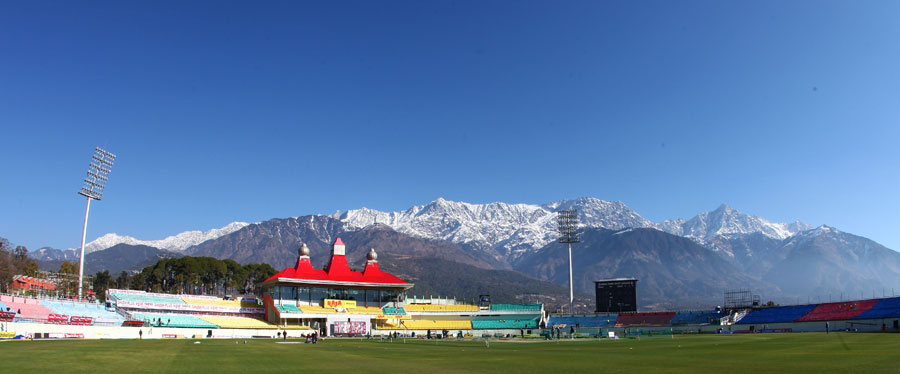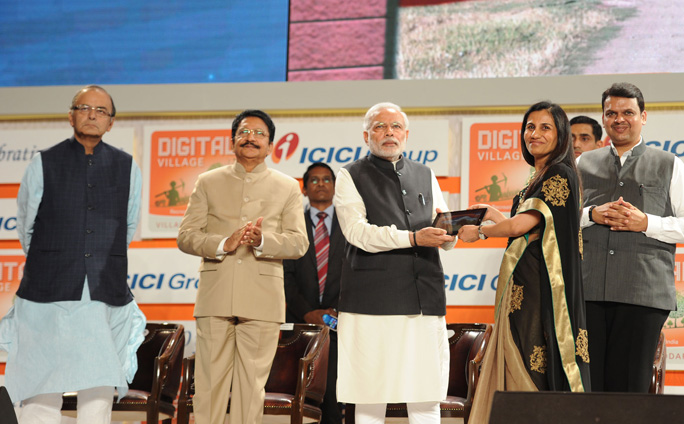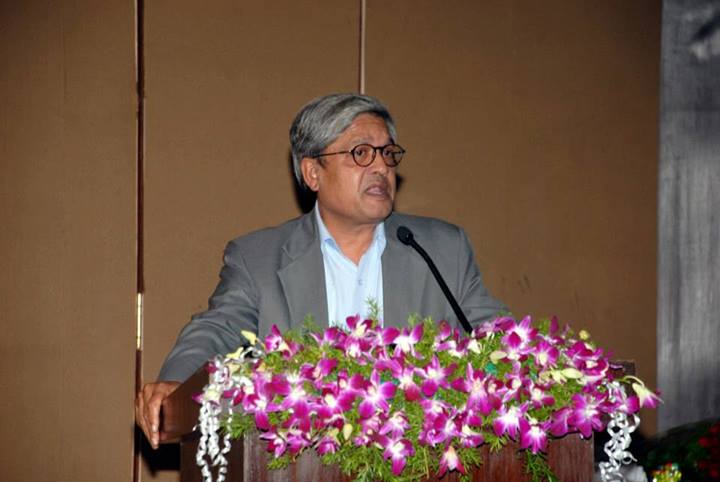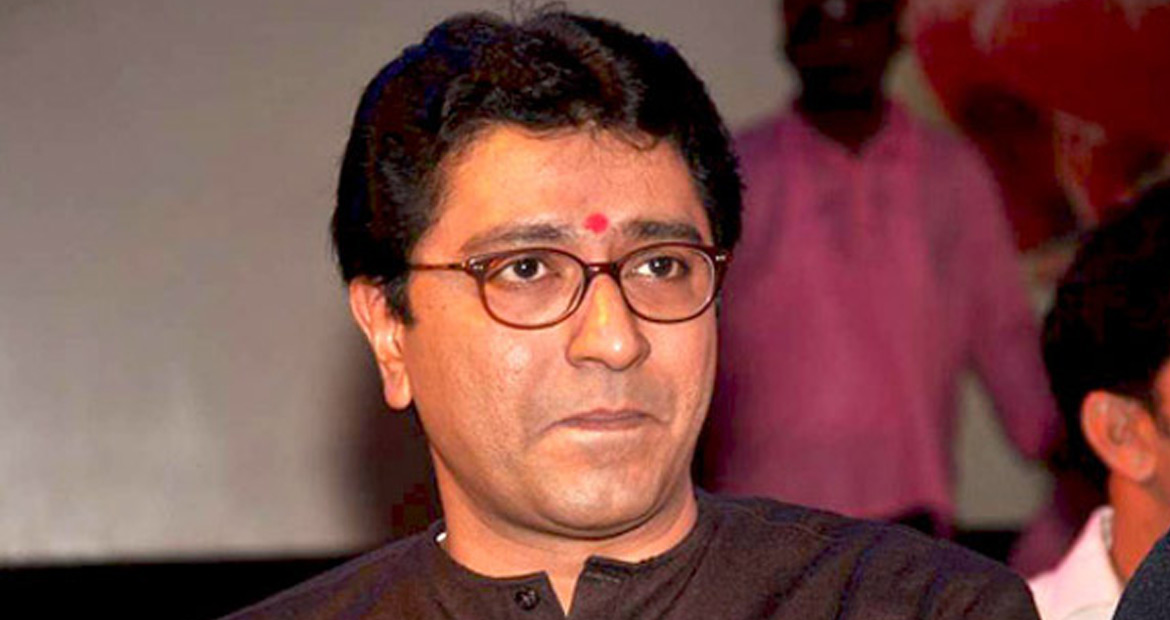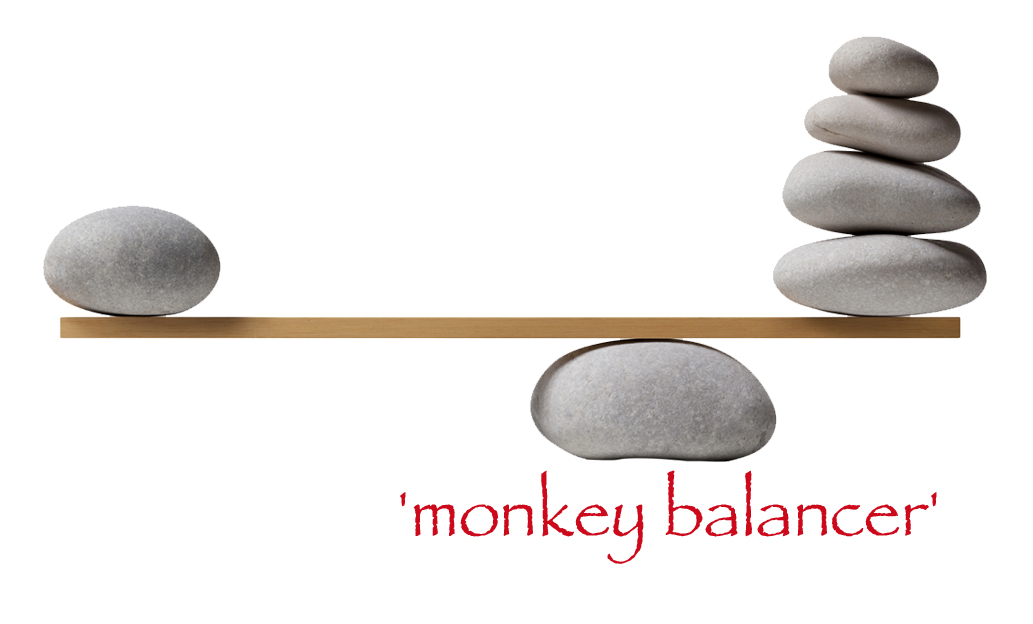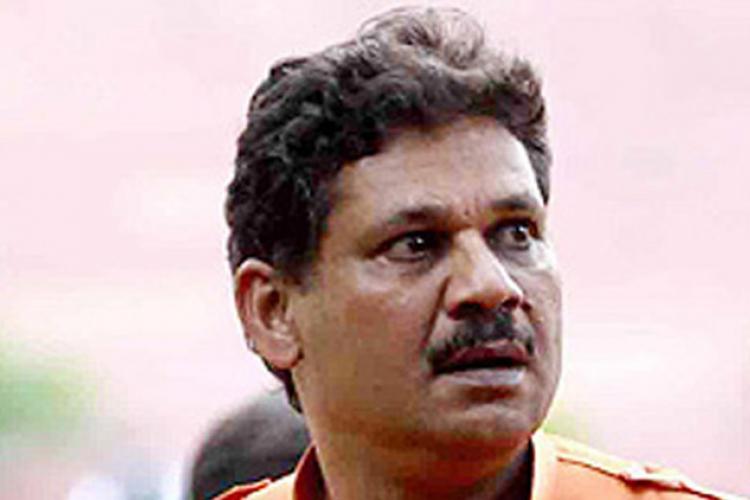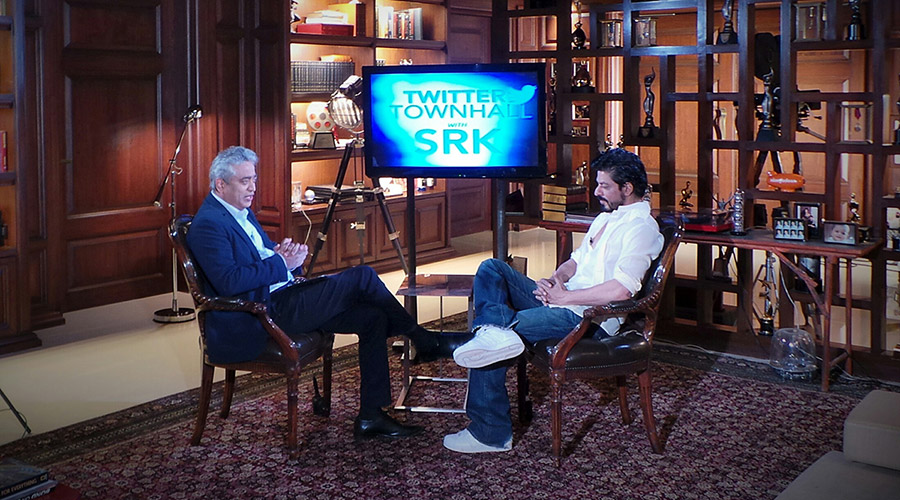
Long before 2002 Gujarat there was Mumbai 1992-93. In the histiography of riots, we sometimes forget Mumbai’s bloody days. I cannot. As a young journalist and proud Mumbaikar, it was one of the most traumatic periods in my personal and professional life. To watch the city I had grown up in being torn apart by communal hatred was gut-wrenching. For weeks I scoured the streets, reporting on the violence for The Times of India, exposing the role of the Shiv Sena, the underworld, police and the state government (yes, the effete Congress government). We didn’t have a television camera to capture the stories in images for posterity, but we did write fearlessly and often on a city divided by religion, it’s cosmopolitan spirit buried under the debris of bigotry (the writings were later compiled into a book When Bombay Burned, UBS publishers 1993 and the evidence was part of the Srikrishna report on the riots)
But nothing could have prepared us for March 12th, 1993, arguably the most difficult reporting day in my life. We didn’t know of bombs, terror, RDX: this was Mumbai folks, the bindaas city of black and white taxis, Bollywood dreams, cricket on the maidans. Bombs were meant for far off lands, not for amchi Mumbai. And yet, in the space of a few hours, 257 people were killed in the serial blasts, leaving a city wounded and haunted forever. Weeks later, the conspiracy would unravel: how underworld don Dawood Ibrahim, the Memon family and others had been used by Pakistan’s ISI network to foment trouble. It was a terror attack that was projected as ‘revenge’ for the post Babri demolition riots: almost everyone involved was a Muslim.
In the surcharged environment, I wrote an article on just how the blasts defined a sharply polarised city in which every Muslim in Mumbai had to prove his ‘patriotism’. I also raised a few questions that troubled me: why had a chartered accountant by the name of Yakub Memon who was running a reasonably successful practise suddenly become part of a terror plot? Had the demolition of the Babri Masjid on December 6th 1992 divided society like never before? Why had Dawood Ibrahim, who in October 1992 was seen waving the Indian tricolour in Sharjah during an Indo-Pak match, chosen to destroy the city of his birth just months later? And would he then pass the Bal Thackeray test of patriotism which called for Indian Muslims to support India during an Indo-Pak match? The Hindutva brigade, predictably, misread my writings and bizarrely accused me of being an apologist for Dawood rather than seeing the argument for what it intended to do : expose the dangers of a deeply communal ‘us’ versus ‘them’ narrative that had triggered off a cycle of violence. The article was raised in parliament, I had death threats against me, the Shiv Sena protested outside my office.
Today, years later, Dawood still hasnt been tracked down and brought to justice. But Yakub is set to be hanged: as he stands on death row, I will not raise the question of whether he was an ‘active’ conspirator or not. The courts have decided that and I bow to their superior judgement. But maybe I should raise one more inconvenient truth: more than 900 people were killed in the 1992-93 riots. Not a single person has been convicted for the violence by the Supreme Court, very few have spent an extended period in jail. The court has pronounced death for Yakub: maybe the families of 257 victims will finally feel a sense of closure. But what of the families of the riot victims: when will they get closure?


